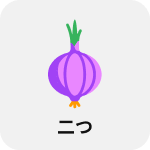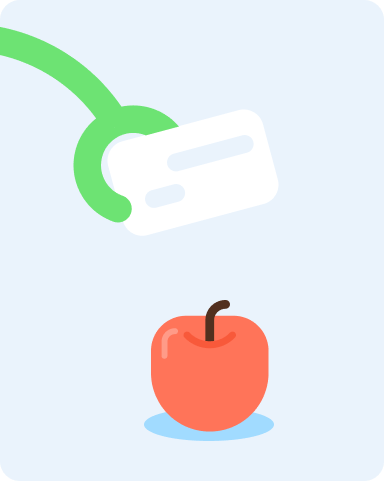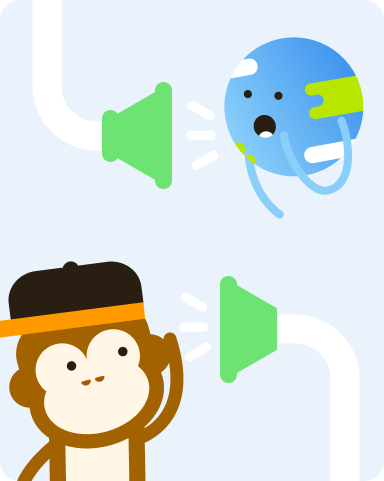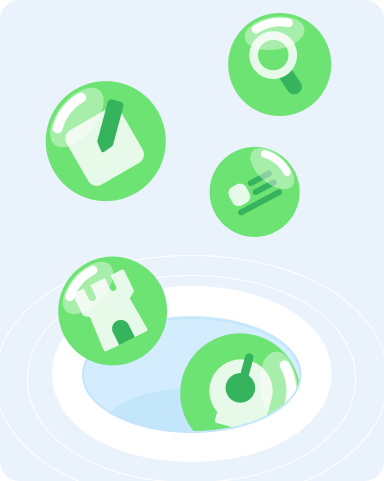Learn Sorbian
with Ling
Use our comprehensive lessons, conversation topics, and more to connect with those closest to you
Used by 5M Ling Learners




What makes learning with Ling special
Interactive exercises
Improve your pronunciation by starting a conversation with our app’s interactive chatbot
Engaging activities
Practice your skills with mini-games and track your progress with fun quizzes
Mix of languages
Choose from over 60 languages, both big and small, and listen to audio from native speakers
Proven results
Backed by linguistic research, our learning methods can help you achieve fluency in record time

Master 4 language skills in 10 minutes a day




1-3 minutes to learn new vocabulary
3-5 minutes to review
3-5 minutes to test your listening skills
Done!
Join over 5 million language learners for a 100% guaranteed amazing language experience
Frequently asked questions about learning Sorbian
Lower Sorbian is a West Slavic minority language. This simply means that it’s a subgroup of the Slavic language family. Some Slavic languages you may know are Russian, Polish, and Ukrainian (all of which the Ling app offers!)
Here are some quick tidbits about Lower Sorbian:
- Written in the Roman (Latin) alphabet
- Not tonal
- Stresses normally fall on the first syllable of the word
For more facts about Lower Sorbian, check out the Ling app’s Lower Sorbian language lessons!
Lower Sorbian is used by a population of 7,000 people in Cottbus, a city in northeast Germany, and part of today’s Brandenburg.
If you want to learn Lower Sorbian in person, Cottbus is one of the few places that has a school with the option to learn the language.
As Lower Sorbian is one of the many languages used in Germany, the language has been greatly influenced by German.
Lower Sorbian isn’t a dying language. But, as there are only 7,000 active Lower Sorbian speakers, it is considered an endangered language. Not to mention, people that speak Lower Sorbian are usually of the older generations.
Here’s some Catalan words and phrases from Ling to get you started!
- Turist – Tourist
- Kafejownja – A coffee shop
- Wołajśo chórobny wóz! – Call an ambulance!
- Snědam ze swójeju sotšu. – I eat breakfast with my sister.
- Comej se gromaźe wupóraś? – Would you like to go out with me?
Yes, there’s Sorbian, also known as Upper Sorbian (serbska rěč), and Lower Sorbian (serbska rěc).
Both of these languages are grouped under the West Slavic branch of the Indo-European languages, which means they are very similar to the two West Slavic subgroups: Lechitic and Czech–Slovak.















































